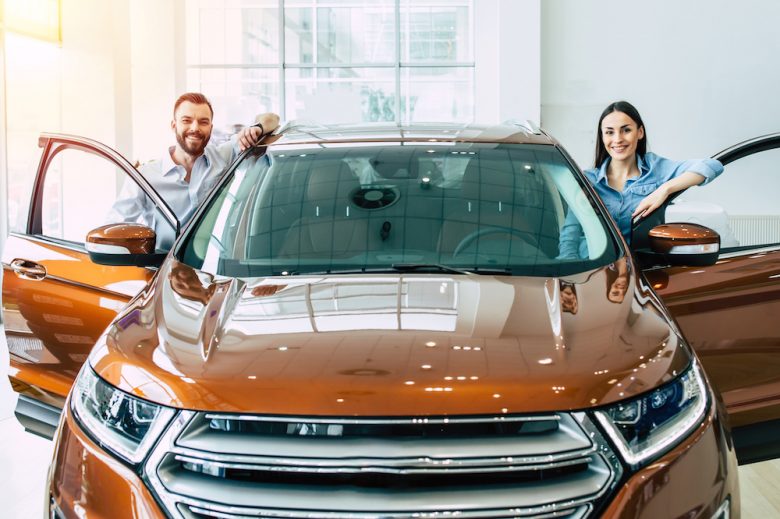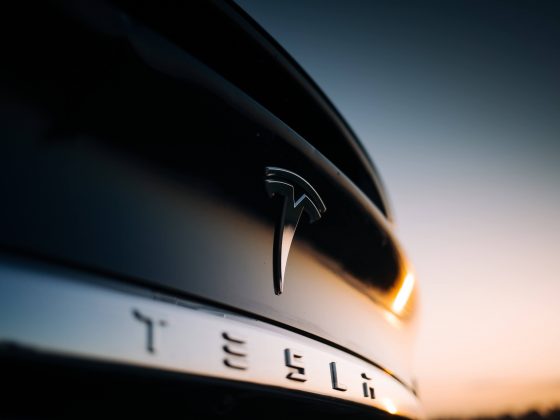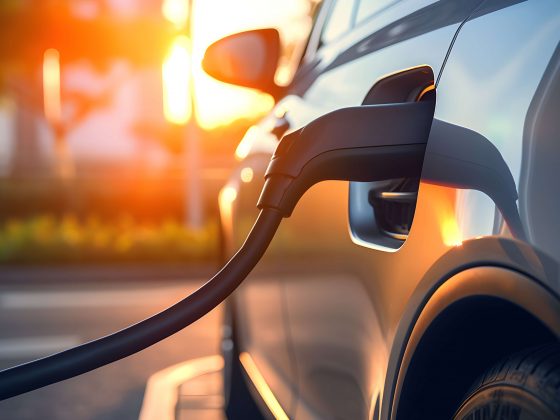According to an Insurance Institute for Highways Safety study, the number of pedestrian fatalities grew 53% from 2009 to 2018. At the same time, SUV registration increased to 29% in the U.S. Not a coincidence! The research says SUVs may be two to three times more likely than sedans to kill pedestrians in a crash. In fact, in 2022, 7,508 pedestrians were killed. The most since 1981!
Use eTags© to Quickly Complete Your DMV Service. Renewals, Title Transfers and More, All Online!
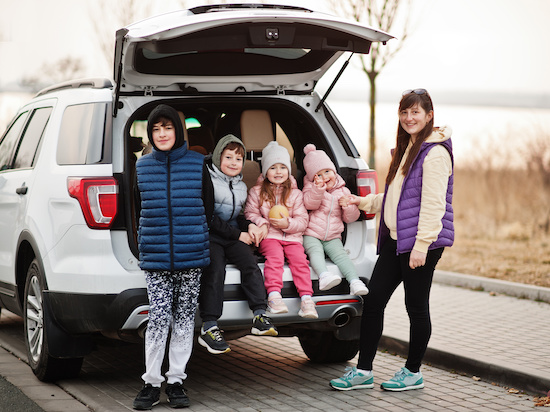
SUVs and trucks went from representing 23% to 80% of new sales
In the late 70s, SUVs and pickup trucks (combined) accounted for 23% of new vehicle sales in the U.S. In 2011, these two types of vehicles represented 52%. These days, they account for 80% of all new vehicles sold in America. Meanwhile, smaller cars comprised of 60% of the market in 2000, dropping to 40% in 2019.
How these bloated vehicles compare to small cars?
A lighter vehicle can brake more quickly, possibly avoiding a car accident. The impact of an SUV is far higher than the force delivered by a smaller vehicle. A lower hood typically has a smaller blind spot, allowing a driver to see more of their surroundings. SUVs and pickup trucks have higher grilles that create bigger blind spots, therefore are more fatal to pedestrians (especially children). Also, taller vehicles are more likely to strike the torsos of pedestrians rather than their legs and hide pedestrians behind drivers’ windshield sides.
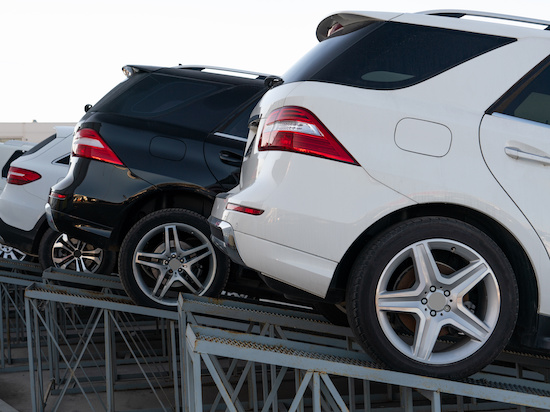
Two years ago, pedestrian deaths reached 7,342
In 2021, the NHTSA reported the number of pedestrian fatalities climbed 13% to 7,342 while people on bicycles deaths jumped 5% to 985. Plus, you hear of so many children fatalities taking place when these heavier vehicles back up from driveways. In fact, last year, NBC Washington reported that a 4-year-old was run down by mom behind the wheel of an SUV. A true tragedy! The NHTSA in 2015 said there were 366 fatalities and 15,000 injuries due to front-moving vehicles. By 2018 all American-made vehicles were required to have backup cameras, but there’s no law requiring front cameras.
SEE ALSO: TRUCKLOADS OF PICKUPS ON U.S. ROADWAYS-GM SELLS 407,078 IN 6 MONTHS
Popularity due to larger tax breaks for heavier vehicles
One significant reason why SUVs and pickup trucks are so beloved by the American public is a five-decade old policy that allows these vehicles gigantic vehicles to provide a larger tax break compared to a smaller car. It has to do with how small business cars are depreciated for tax purposes. Depreciation in the tax world is an annual income tax deduction that allows you to recover the cost over time, an allowance for wear and tear of sorts.
A smaller car includes a more restrictive tax depreciation, price caps if you will. These price limits don’t apply to SUVs and pickups that are 6,000 pounds gross weight under a business entity. Typically, those heavy vehicles go for over $50,00 and include models such as the Buick Enclave, Chevrolet Silverado, Jeep Grand Cherokee, Porsche Cayenne, and Range Rover Discovery. The IIHS says tall and blunt vehicles are 43.6% more likely to kill in an accident, while medium-height ones are 26% more likely to end up in a pedestrian fatality.
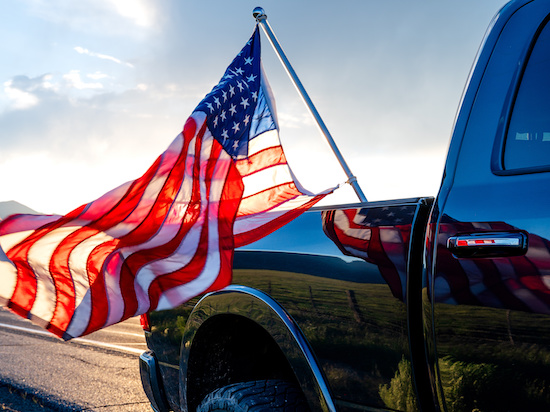
So if your business generates $500,000 in gross revenue annually, you can write off $10,000 to $45,000 for your SUV. People are definitely taking advantage, as today more than four out of five vehicles sold are an SUV or truck. In fact, by 2002, these heavier vehicles were outselling four-door sedans. Ford doesn’t even sell sedans in America anymore.
Bigger, with more cabin room and smaller bed
What’s worse for pedestrians is that safety doesn’t seem to get better. Modern SUVs and pickup trucks are getting even bigger and heavier. In 2021, the average SUV and pickup were 7% to 32% heavier than in 1990. For instance, the beloved 2023 Ford F-150 pickup is 7 inches taller, 15 inches longer, and 800 pounds heavier than the 1991 model.
There’s also been a shift in terms of cabin/truck bed ratio. The Ford F-150 of the 70s provided 36% cabin and 64% truck bed. In 2021, it was 63% cabin, 37% bed. People are no longer using these to haul materials and equipment, pickups are mostly used to carry passengers.

Think the federal government should get involved in this behemoth of a problem?
